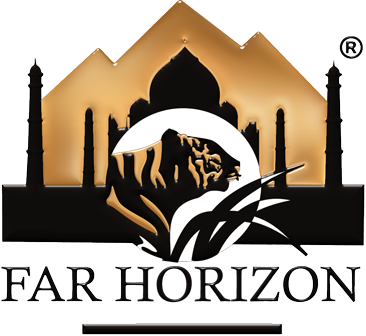Mythical Hampi & Serenity of Kerala Backwater Cruise
more_vert
-
Duration14 Days
-
Region
-
Category
-
Best Time
- September - April
Introduction
Far Horizon offers you the experience of the south of India which is very different to the north. It is a land of tea, coffee and spice plantations. Lush green hills, which in places rise to over 2,500m/8,200ft, lead down through wildlife rich reserves to alluring waterways and coconut-fringed beaches. During your stay here you will walk in a plantation as well as cruise along the beautiful backwater lagoons of Kerala on a Luxury riverboat. This is a relaxed but varied trip with lots of off-the-beaten-track places to see, some beautiful gentle walks, lovely accommodation, delicious food and friendly people – perfect!
Tour Highlights
- Explore the Serenity of Kerala backwaters while cruising on the Kerala River Cruise
- Experience Kathakali Dance, Martial Arts and Bronze Art work of Multicultural city “Cochin”
- Explore the city of Nizams “Hyderabad”
- Visit the UNESCO World Heritage Sites in Hampi
- Cooking demonstration and home hosted meal
- Village visits and interaction with the local people
Destinations Covered
Hyderabad
City of a Rich and Regal HistorySteeped in history, thronged with people and buzzing with commerce, the Old City of Hyderabad is one of India's most evocative ancient quarters. Exploring the lanes of this district, with its chai shops and spice merchants, you'll encounter a teeming urban masala of colour and commerce.
Hampi
A fantasy world of Rocks and RuinsHampi, the city of ruins, is a UNESCO World Heritage Site. Situated in the shadowed depth of hills and valleys in the state of Karnataka, this place is a historical delight for travellers. Surrounded by 500 ancient monuments, beautiful temples, bustling street markets, bastions, treasury buildings and captivating remains of Vijayanagar Empire, Hampi is a delight. Hampi is an open museum and a favourite way to see the city from the perspective of its history.
Kochi
Queen of the Arabian SeaKochi (formerly Cochin) is a cosmopolitan city in the state of Kerala with a bustling commercial port. Kochi is the financial capital of Kerala and, with a population of more than 2 million, the biggest urban agglomeration in the state. It is one of the major tourist destinations in India.
Kumarakom
The Enchanting BackwatersThe village of Kumarakom is a cluster of little islands on the Vembanad Lake, and is part of the Kuttanad region in Kerala. The bird sanctuary here, which is spread across 14 acres, is a favourite haunt of migratory birds and an ornithologist's paradise. Egrets, Darters, Herons, Teals, Waterfowls, Cuckoo, Wild Duck and migratory birds like the Siberian Stork visit here in flocks and fascinate all visitors.
An enchanting backwater destination, Kumarakom offers visitors many leisure options.
Kavalam
A Green HavenKavalam is a village in Kuttanadu, Kerala state, Alappuzha District. India. It is located on the borders of Alapuzha and Kottayam districts, on the banks of Vembanad Lake. The Pampa river flows through the village to merge into the famed Vembanad Lake. Its natural scenic beauty is legendary and has been used by many filmmakers. Relatively untouched by modernity, Kavalam is a green haven.
Alappuzha
Venice of the EastAlappuzha is the hub of Kerala's backwaters, home to a vast network of waterways, over a thousand houseboats and an important coir industry. Head out towards the backwaters and Alleppey becomes graceful and greenery-fringed, disappearing into a watery world of villages, punted canoes, toddy shops and, of course, houseboats.
Detailed Itinerary
- Day 1 Arrive Hyderabad
- Day 2 Hyderabad
- Day 3 Hyderabad - Hampi
- Day 4 Hampi
- Day 5 Hampi - Cochin
- Day 6 Cochin
- Day 7 Cochin / R.V.Vaikundham
- Day 8 Vaikom-Chenganda-Kumarakom
- Day 9 Kumarakom - Kavalam
- Day 10 Kavalam-Kainakari-Pulinkunnu
- Day 11 Pulinkunnu-Nedumudy-Champakkulam-Changankari
- Day 12 Excursion from Changankari
- Day 13 Thottappalli-Karumadi-Kanjippadom
- Day 14 Kanjippadom-Punnamada / Disembark at Alleppey / Departure






















